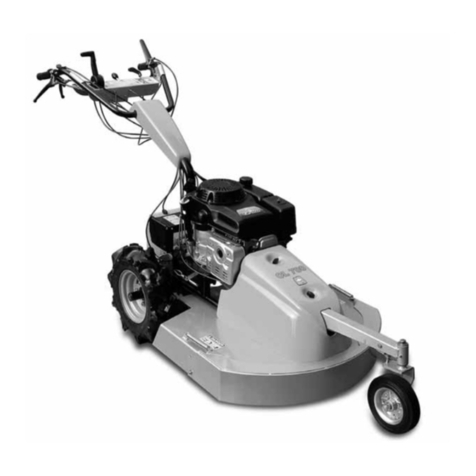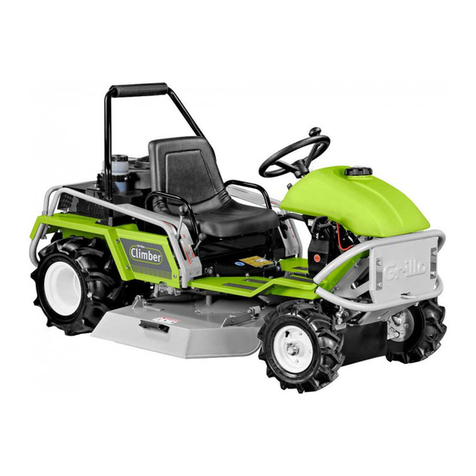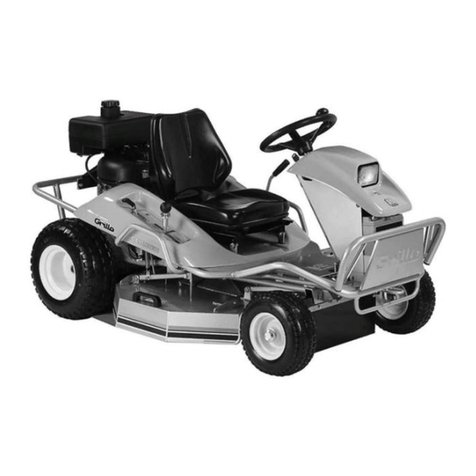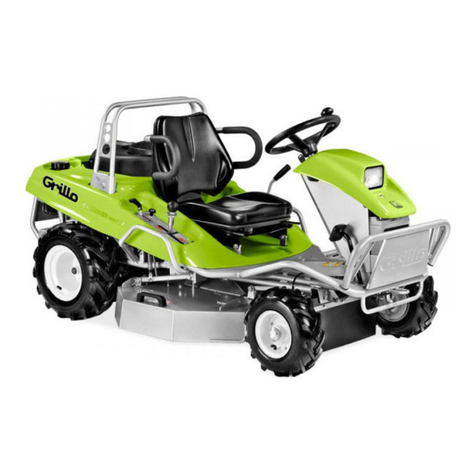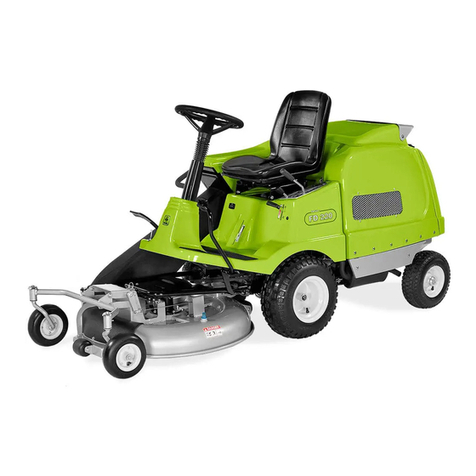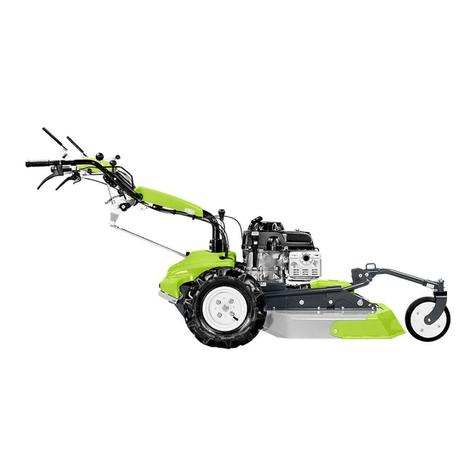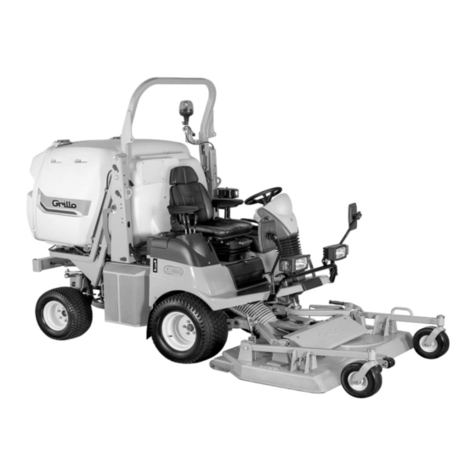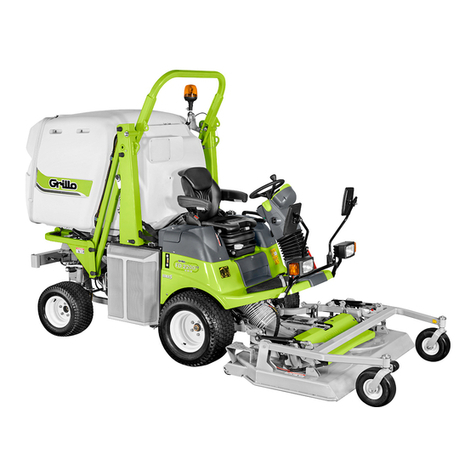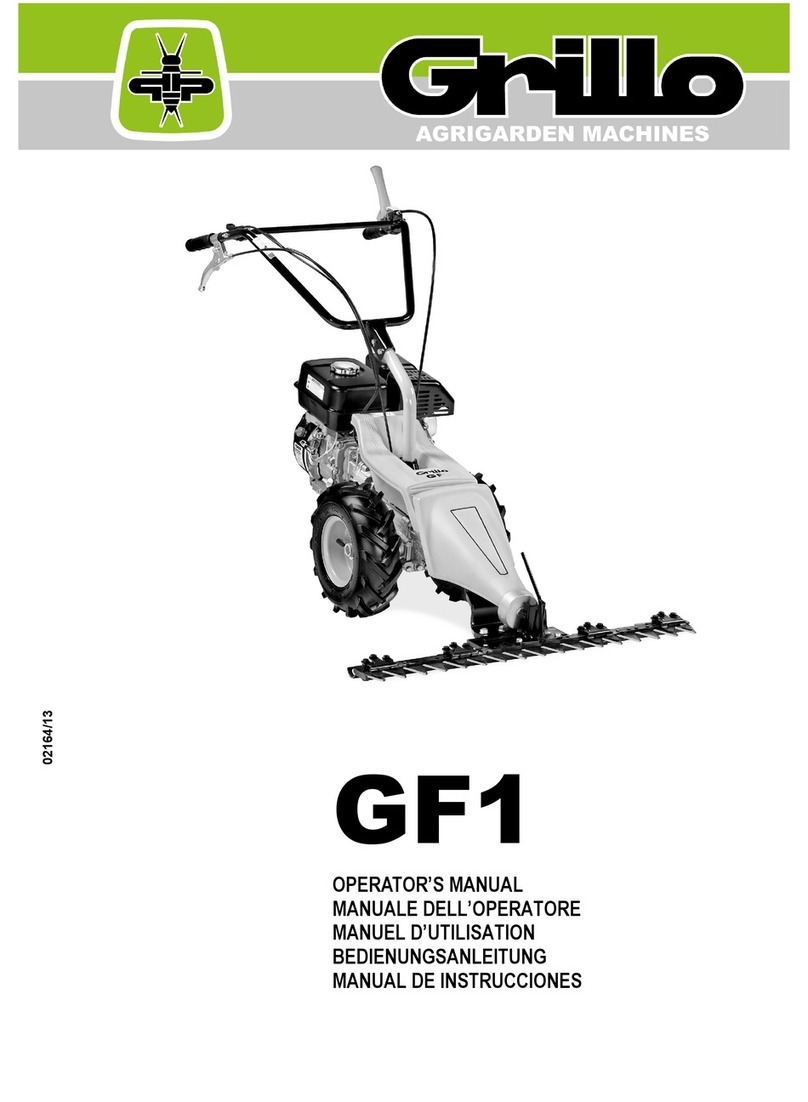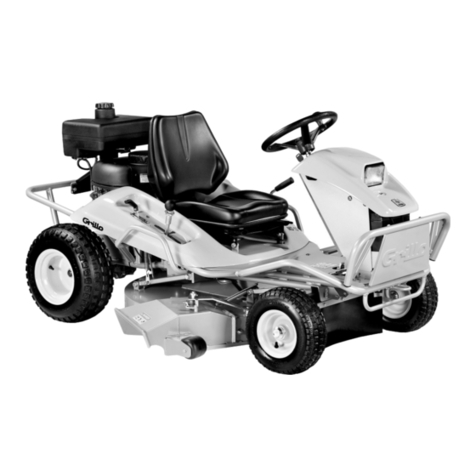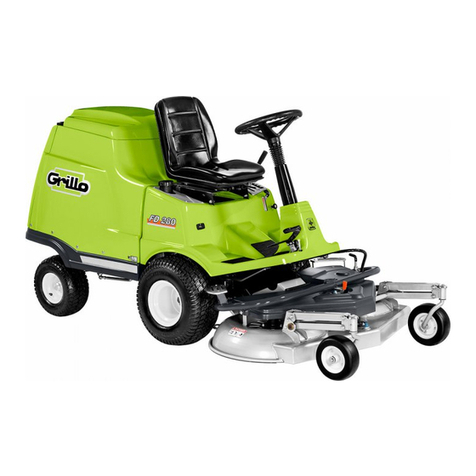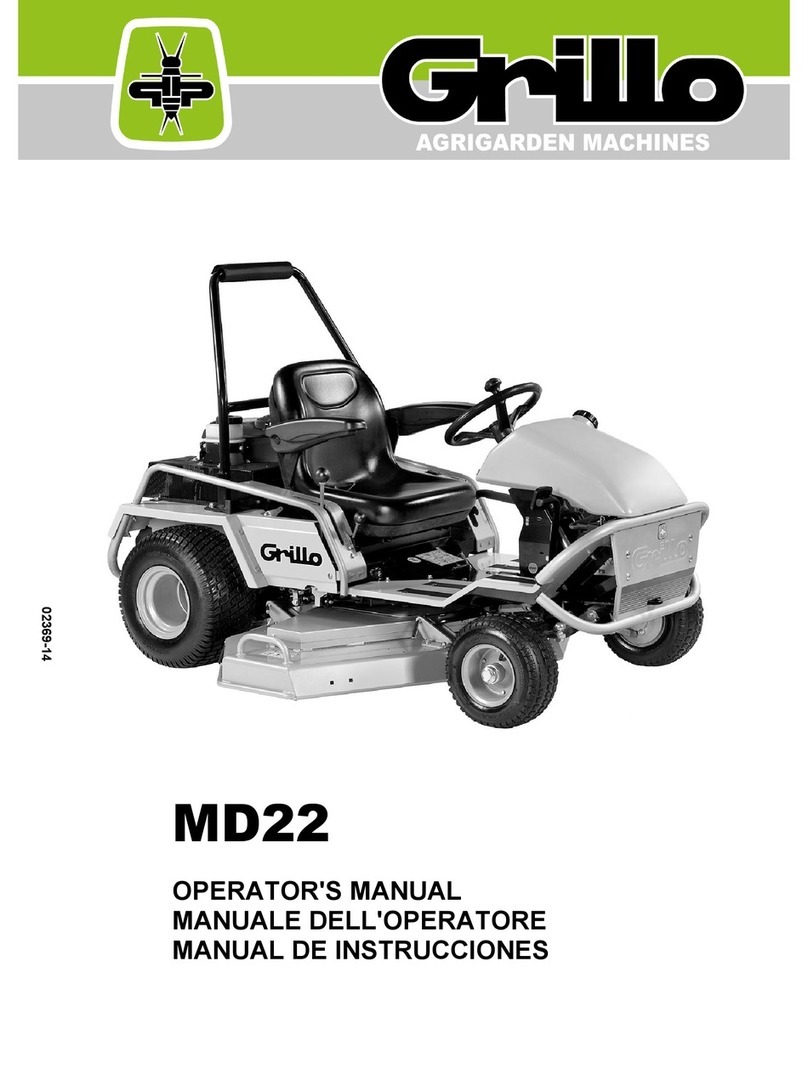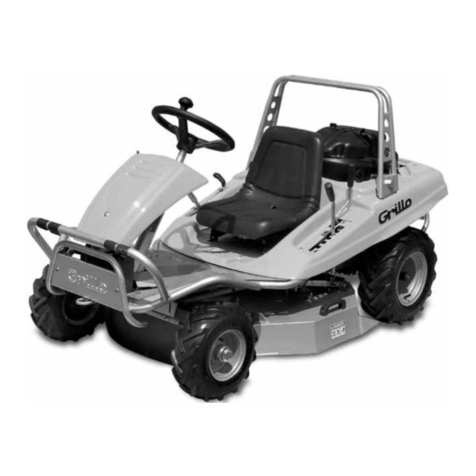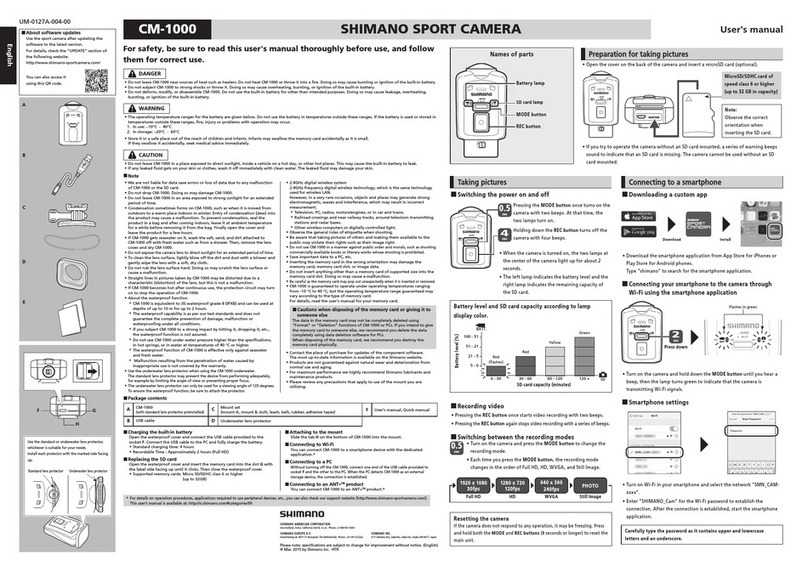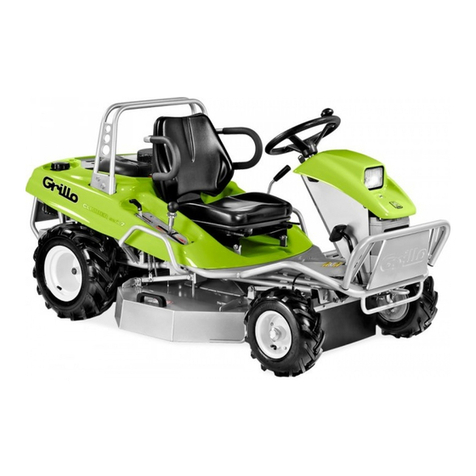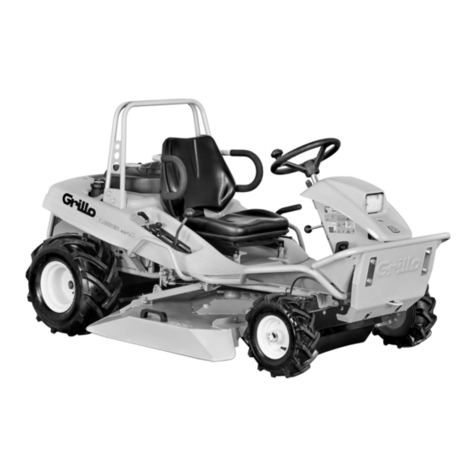
INDEX / INDICE / CONTENU / INHALT / INDICE
GB
Safety regulations ............................................................................................................................................ p. 2
FD 220 R Hydrostatic Mower ........................................................................................................................... p. 7
Identification and after-sales and service ........................................................................................................ p. 8
Technical specifications ................................................................................................................................... p. 9
Putting the machine into service ...................................................................................................................... p. 9
Instructions for use ........................................................................................................................................... p. 10
Maintenance and lubrication............................................................................................................................. p. 11
Troubleshooting guide ...................................................................................................................................... p. 12
Noise level – vibration level .............................................................................................................................. p. 14
Description of the controls - pictures ............................................................................................................... p. 47
Scheduled service ............................................................................................................................................ p. 52
I
Norme antinfortunistiche................................................................................................................................... p. 2
Rasaerba idrostatico FD220 R ........................................................................................................................ p. 15
Identificazione e assistenza ............................................................................................................................. p. 16
Caratteristiche tecniche ................................................................................................................................... p. 17
Messa in opera della macchina ....................................................................................................................... p. 17
Istruzioni d’uso.................................................................................................................................................. p. 17
Manutenzione e lubrificazione .......................................................................................................................... p. 19
Guida all’identificazione degli inconvenienti ..................................................................................................... p. 20
Rumorosità – vibrazioni .................................................................................................................................... p. 22
Descrizione dei comandi - figure ..................................................................................................................... p. 47
Manutenzione programmata ............................................................................................................................ p. 53
F
Règles de sécurité générale ............................................................................................................................. p. 2
Tondeuse hydrostatique FD220 R ................................................................................................................... p. 23
Identification et assistance ............................................................................................................................... p. 24
Caractéristiques techniques ............................................................................................................................. p. 25
Mise en service de la machine ......................................................................................................................... p. 25
Mode d’emploi .................................................................................................................................................. p. 25
Maintenance et graissage ................................................................................................................................ p. 27
Procédure pour l’identification des inconvénients ............................................................................................ p. 28
Bruit – vibrations .............................................................................................................................................. p. 30
Description des commandes - figures ............................................................................................................ p. 47
Entretien programmé ....................................................................................................................................... p. 54
D
Sicherheitsvorschriften ..................................................................................................................................... p. 2
Hydrostatischer Rasenmäher FD220 R ........................................................................................................... p. 31
Identifikation der Maschine und Kundendienst ................................................................................................ p. 32
Technische Daten – Produktbeschreibung ...................................................................................................... p. 33
Inbetriebnahme der Maschine ......................................................................................................................... p. 33
Betriebsanleitung ............................................................................................................................................. p. 33
Wartung und Schmieren .................................................................................................................................. p. 35
Liste der häufigsten Störungen und deren Behebung ..................................................................................... p. 36
Geräuschemission - Vibrationen ...................................................................................................................... p. 38
Beschreibung der Steuerung - Bilder ............................................................................................................... p. 47
Programmierte Wartung ................................................................................................................................... p. 55
E
Normas de seguridad ....................................................................................................................................... p. 2
Cortacésped hidrostático FD 220 R ................................................................................................................. p. 39
Identificación y asistencia ................................................................................................................................ p. 40
Caracteristícas técnicas.................................................................................................................................... p. 41
Puesta en marcha de la máquina ..................................................................................................................... p. 41
Instrucciones para el uso.................................................................................................................................. p. 41
Mantenimento y lubricación .............................................................................................................................. p. 43
Guía para identificar los inconvenientes .......................................................................................................... p. 44
Niveles del ruido - vibración ............................................................................................................................. p. 46
Descripción mandos - fotos ............................................................................................................................. p. 47
Mantenimiento programado ............................................................................................................................. p. 56

